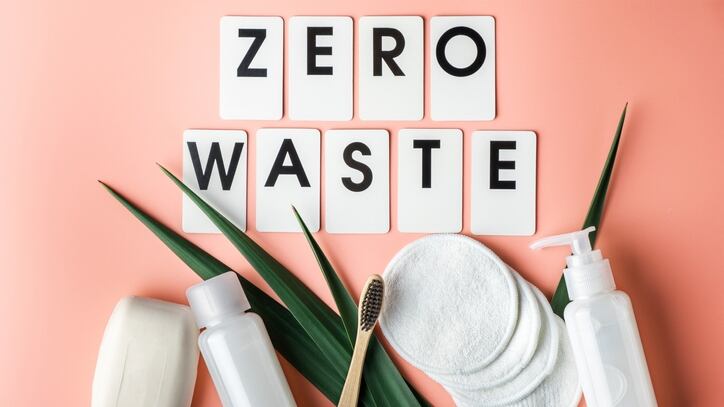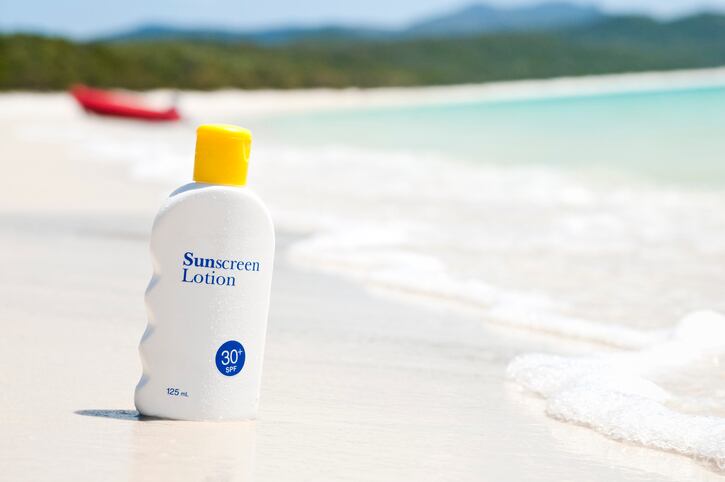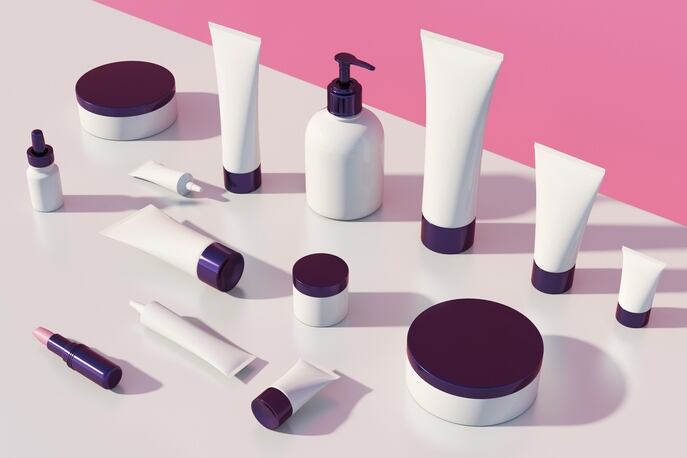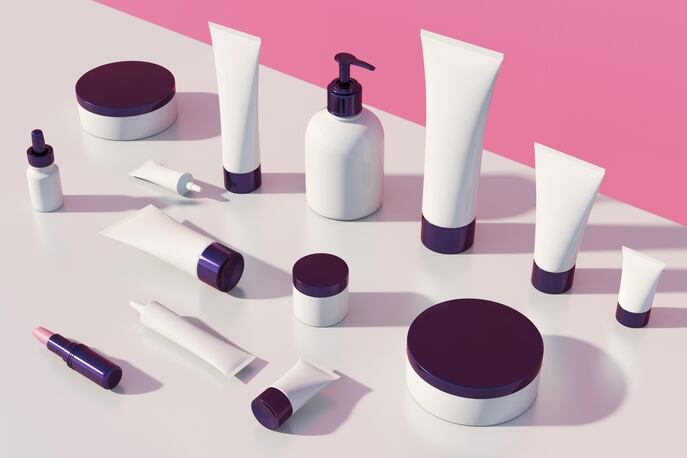CosmeticsDesign spoke with Pact Collective about how they are working towards a circular economy, why they believe that transition matters and what the challenges are.
This interview was conducted via email.
Tell me a bit about Pact Collective’s mission around circularity in personal care and cosmetics.
The beauty and wellness industries generate over 120 billion packages every year, with most ending up in landfills or incinerators. The packaging is often too small, too flexible, or made of too many materials to be mechanically recycled through curbside recycling programs. Pact is on a mission to change this.
As a nonprofit collective, Pact is dedicated to ending packaging waste in the beauty and wellness industries. We catalyze collaboration by working with all beauty industry stakeholders to reduce, recycle and drive towards circularity.
Pact works to reduce packaging waste in three ways:
Education: Pact helps members understand and address the complexities of sustainable packaging. The goal is to empower all stakeholders to be accountable for the industry’s environmental impact. Pact delivers factual information through educational webinars, toolkits, events and more.
Networking/Community: Pact provides space for industry stakeholders to exchange ideas with like-minded organizations and thought leaders. We believe that pre-competitive conversation and collaboration lead to action, innovation and ultimately a more circular industry.
Hard-to-Recycle Packaging Collection Programs: Pact offers streamlined packaging collection programs for industry stakeholders and consumers. Pact collects packaging that local facilities cannot accept or actually recycle, ensuring all items that can be recycled are. We’re committed to finding the highest and best use for collected materials.
What are some of the major hurdles in creating circular beauty brands today?
The biggest hurdle isn’t just specific to beauty, but to all industries, and it is that our current economic model is linear: take-make-waste. This model functions as if we do not have finite resources, which of course is not the case, and as a result, encourages overconsumption.
Beauty and wellness products tend to be designed for short-term use, with very few made to last, be reused or be recycled. As a result, they end up in landfill, incinerators or our oceans. Our industry’s big hurdle is that we need to fundamentally rethink the design process and the traditional way we’ve packaged and merchandised products. Members of the supply chain are often siloed, not talking to one another, and therefore are not making informed sustainable decisions. Circularity requires us to work together, share knowledge and push each other forward.
Circularity in regard to beauty packaging will mean refillable or reusable formats and packaging that can actually be recycled. From a materials perspective, our industry uses a lot (thousands of tons) of low-value plastic in tiny formats– and even worse, material that’s fused together, like layers of different plastics with metalized deco – leading to the inability to mechanically recycle it through curbside programs. That is linear, not circular, and that needs to change.
What are some of the reasons that beauty brands become members to support creating circular beauty programs?
The global plastic waste and packaging problem is bigger than the beauty industry, but beauty has its own unique challenges. We’re founded by industry veterans who know our hurdles. One of our co-founders, Victor Casale, created the original Back-to-Mac program, the beauty industry’s first packaging collection program. The power of Pact is that we’re for beauty, by beauty.
All beauty stakeholders have a responsibility for the packaging they produce, sell and use. We’re proud to say that after launching just over a year ago, we already have over 140 members. Our packaging collection programs are one tool in our toolkit. We have in-store bins, mail-back collection and a new Obsolete Inventory program so that brands can dispose of their unused or unsellable products in the most responsible way possible.
The most impactful work is coming together to design new ways of packaging to improve recyclability and encourage refillable formats. Pact is here to lead those conversations and establish a platform to inspire the collaboration needed to take our industry to new levels of sustainability.
What else do beauty professionals need to know about circular beauty today?
We can’t do it alone and it can’t be achieved with a brand-centric approach. As an industry, we need to take responsibility for the waste we collectively create if we hope to save the oceans and the climate and if we want to achieve circularity. Pact is here to catalyze, facilitate and lead.
Anything else you’d like to add?
We believe in transparency. Pact is here to share real information on packaging production, material claims, recycling rates and other end-of-life realities—even when the truth is inconvenient.




